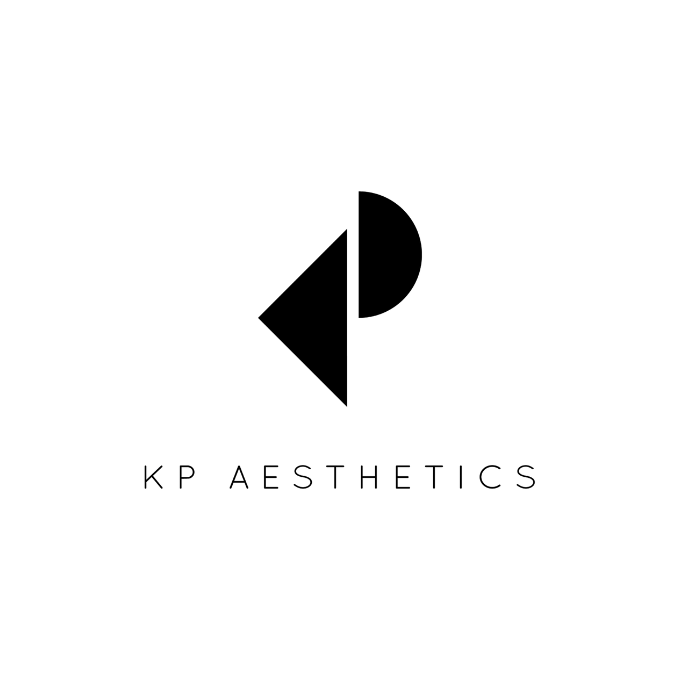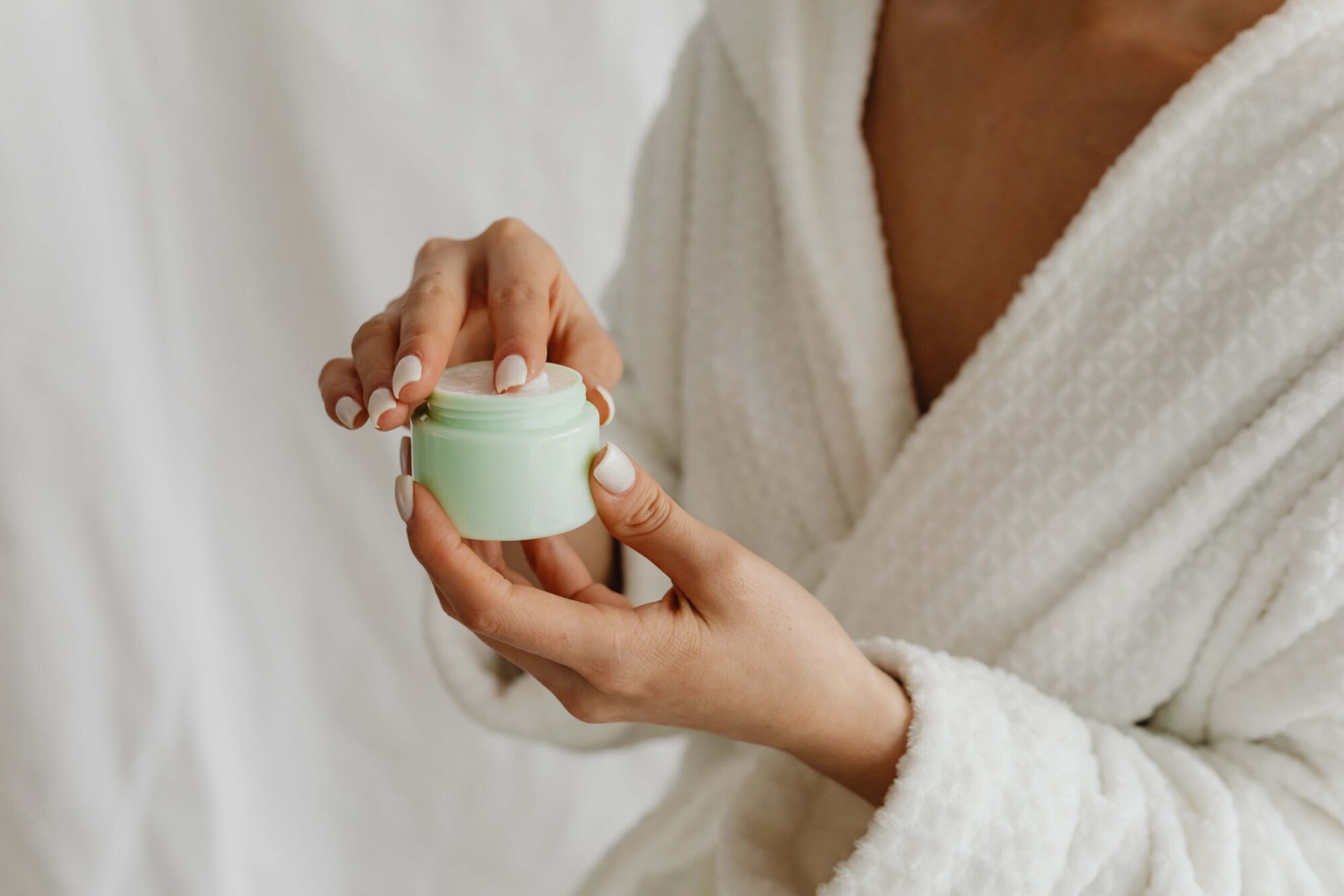Embarking on the journey to enhance your natural beauty with lip fillers can be both exciting and a bit daunting. At KP Aesthetics, we understand that the process doesn’t simply end when you leave our clinic. The aftercare is just as crucial as the treatment itself to ensure the best possible results. One integral component of this aftercare is the use of Arnica cream, a natural remedy known for its remarkable healing properties. This guide is designed to walk you through the simple yet effective ways of using Arnica cream to aid in your recovery post lip filler treatment. With our experienced team’s commitment to your care, we’re here to ensure that every step of your aesthetic journey is supported by the best in industry knowledge and practice.
Moving forward, we will delve into the role of Arnica in lip filler recovery, helping you understand why it’s such a recommended part of the aftercare process.
Understanding the Role of Arnica in Lip Filler Recovery
What is Arnica? Nature's Anti-Inflammatory Explained

Arnica montana, commonly known as Arnica, is a perennial herb hailing from the mountainous regions of Europe and North America. Revered for centuries in folk medicine, Arnica has found its niche in modern-day cosmetic aftercare due to its anti-inflammatory and pain-relieving properties. At KP Aesthetics, we often suggest Arnica as a natural complement to the cutting-edge treatments we offer. It’s the harmonious blend of nature and science that enables our clients to enjoy not only enhanced beauty but also a comfortable recovery.
In the next section, we’ll explore how Arnica operates on a cellular level to reduce swelling and bruising, which are common post lip fillers.
How Arnica Works to Minimise Swelling and Bruising
Arnica’s effect lies in its chemical constituents, which include compounds such as flavonoids, sesquiterpene lactones, and phenolic acids. These substances work together to dampen inflammatory responses and disperse fluids that contribute to swelling and bruising. When applied topically, Arnica acts as a vasodilator of subcutaneous blood capillaries, which accelerates the healing process and reduces the formation of bruises. At KP Aesthetics, we value the importance of a holistic approach; thus, recommending Arnica cream is part of our commitment to provide comprehensive care that extends beyond the clinic.
Next, we will consider the benefits of including Arnica in your aftercare regimen and how it contributes to a smoother recovery journey.
The Benefits of Arnica in Your Lip Filler Aftercare Regimen

Arnica cream is not just a traditional remedy; it’s a contemporary aftercare staple backed by both anecdotal and increasingly, scientific evidence. Its benefits extend beyond mere bruise healing; it also helps in reducing swelling and providing a soothing effect on the treated area. At KP Aesthetics, we’ve witnessed the positive impact it has on our clients’ recovery times, often enhancing their overall experience with lip fillers. Incorporating Arnica cream into your aftercare routine can make a significant difference in how quickly and comfortably you return to your daily activities.
However, like any remedy, it’s essential to be aware of Arnica’s potential side effects, which we will discuss in the following section.
Recognising and Managing Potential Side Effects of Arnica
While Arnica is generally safe when used as directed, it’s important to be vigilant about potential side effects. Some individuals may experience skin irritation or allergic reactions, especially those with sensitivities to the Asteraceae/Compositae family of plants. At KP Aesthetics, we emphasise the importance of patch testing any new product, including Arnica cream, to ensure it’s suitable for your skin type. If any adverse reactions occur, discontinuing use and consulting with a healthcare provider or our team is advised.
Armed with knowledge about Arnica’s benefits and how to manage its side effects, let’s look at other complementary care methods to further alleviate swelling and bruising in our next segment.
Complementary Care: Additional Methods to Alleviate Swelling and Bruising

Effective Cooling Techniques with Cold Compresses
Following the administration of lip fillers, it’s common to experience some degree of swelling. One of the most effective and immediate ways to combat this is through the application of cold compresses. This simple method constricts blood vessels, reducing blood flow to the affected area, and subsequently, the swelling. At KP Aesthetics, we provide detailed aftercare instructions, including the use of cold compresses, to ensure you have all the tools necessary for a speedy recovery.
As we continue to explore ways to optimise healing post lip filler, our next section will discuss the importance of lifestyle adjustments that can aid in your recovery.
Lifestyle Adjustments for Optimal Healing Post Lip Filler
Now that you’re equipped with knowledge on topical treatments and cooling techniques, it’s vital to consider the broader spectrum of lifestyle adjustments that can assist in your post-lip filler healing. It’s not just about what you put on your skin, but also about what you put into your body, and how you manage your overall well being that contributes to a swift and smooth recovery process.
Let’s begin by examining the dietary measures you can take, focusing on hydration and vitamin C intake in the upcoming section.
Dietary Tips: Hydration and Vitamin C Intake

Maintaining optimal hydration is pivotal after any cosmetic procedure, and lip fillers are no exception. Well-hydrated skin ensures a better healing environment and supports the function of cells involved in the repair process. Drinking plenty of water aids in the detoxification process and helps to reduce swelling more efficiently. Moreover, Vitamin C is renowned for its role in collagen synthesis and skin healing, making it an essential nutrient in your post-treatment diet. At KP Aesthetics, we encourage a balanced diet rich in Vitamin C to complement your hydration efforts, which can be found in citrus fruits, berries, and leafy greens, to enhance your body’s natural healing power.
Next, we’ll look into what substances to avoid that might exacerbate swelling and prolong recovery time after your lip filler treatment.
Avoiding Substances that May Worsen Swelling
In the period following your lip filler procedure, it’s advisable to avoid certain substances that can aggravate swelling or increase bruising. Alcohol and nicotine are known to impede the healing process by causing blood vessels to expand, which can lead to more pronounced swelling and may also affect the longevity of the filler. At KP Aesthetics, we advocate for a period of abstinence from these substances to ensure you get the most out of your treatment and enjoy a more comfortable recovery.
With lifestyle adjustments, such as dietary choices and avoiding certain substances, we can further support the healing process. The following section will discuss the critical role of rest and how adequate sleep can profoundly influence your recovery post lip filler.
The Importance of Rest: How Sleep Affects Recovery

Rest is a cornerstone of any recovery process. Ensuring you get sufficient sleep is crucial because the body’s healing and regeneration processes are most active during this time. Sleep reduces stress levels and allows the body to focus on healing the treated areas. At KP Aesthetics, we stress the importance of good sleep hygiene post-treatment, as it is a time when the body can fully concentrate on healing. Proper head elevation can also help to minimise swelling, so consider propping up an extra pillow or two as you rest.
In the next section, we will explore the final aspect of aftercare—pain management and the judicious use of pain relievers.
Pain Management: Selecting the Right Pain Relievers
After a lip filler treatment, it’s not uncommon to experience some discomfort as your lips heal and adjust to the filler. While the instinct might be to reach for pain relief, it’s essential to choose the right type of pain reliever. Non-steroidal anti-inflammatory drugs (NSAIDs), like ibuprofen, can increase bruising and should be avoided. Instead, paracetamol is often recommended for managing post-procedure pain as it doesn’t affect blood clotting. At KP Aesthetics, we’re dedicated to ensuring your comfort throughout the healing process, which includes providing guidance on the safest and most effective pain management strategies.
Having covered the comprehensive aftercare regimen, from Arnica cream application to lifestyle modifications, we will conclude the guide with our final thoughts on the subject.
Conclusion
In conclusion, the journey to achieving your desired aesthetic goals with lip fillers doesn’t conclude at the end of the procedure. It’s an ongoing process that requires diligent aftercare to ensure the best possible outcome and a smooth, swift recovery. Through the strategic use of Arnica cream, the application of cold compresses, dietary mindfulness, lifestyle adjustments, and appropriate pain management, you can support your body’s natural healing mechanisms. Remember that each step you take following your treatment at KP Aesthetics is a step towards optimising your results and ensuring your comfort and satisfaction.
Enjoy this? Why not check out our article on whether guys can feel lip fillers when kissing?
Author
This comprehensive guide was brought to you by the team at KP Aesthetics, where our commitment to patient care extends beyond the bounds of our clinic. With our industry experience and dedication to the highest standards of service, we strive to ensure that your aesthetic journey is as comfortable and informed as possible. Our team of qualified professionals is always on hand to support you through every step of your aesthetic journey, from initial consultation to aftercare and beyond.

